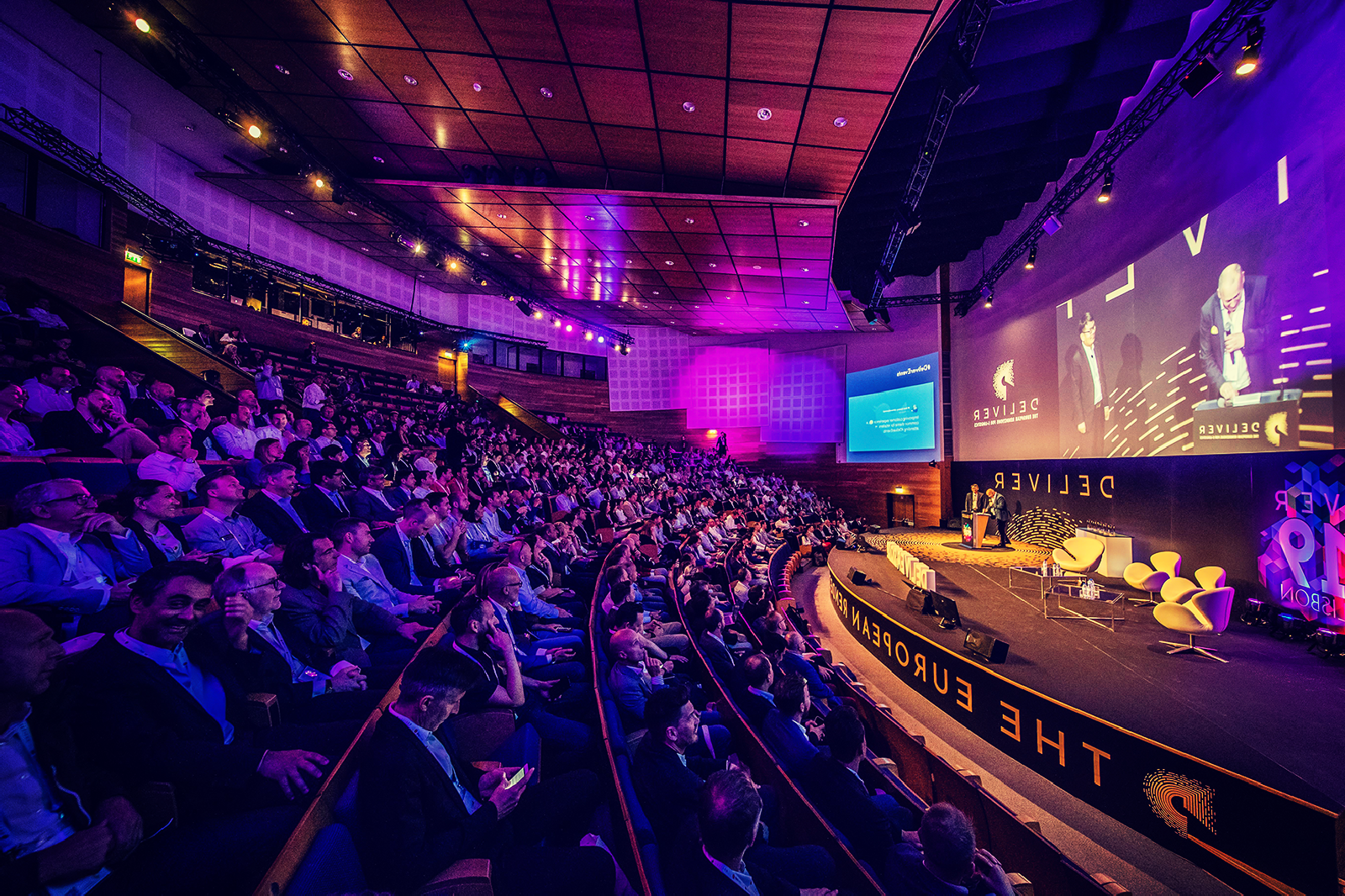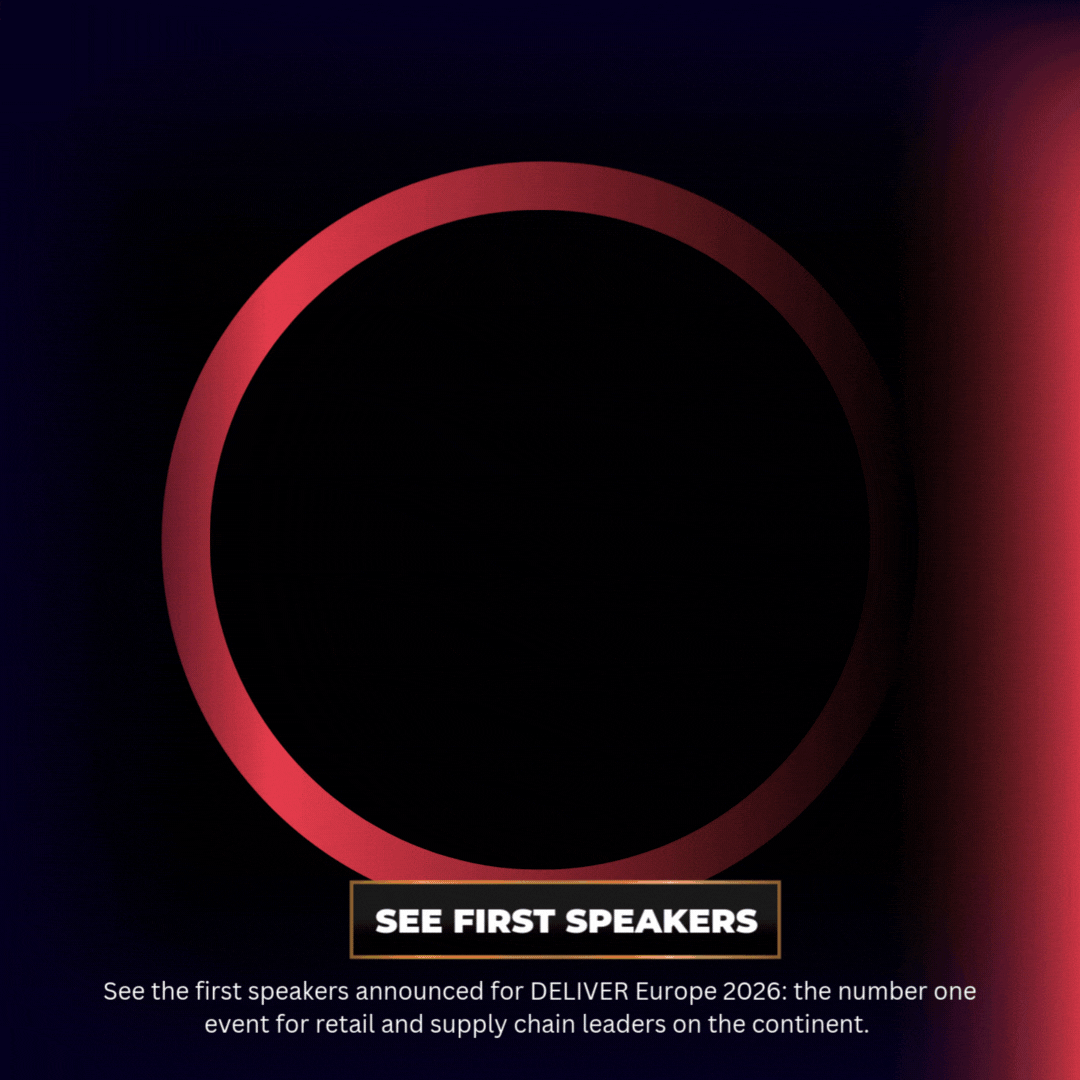The Power of Distributed Order Management in a Multichannel World
In today’s ecommerce landscape, clicking “Buy” triggers a cascade of decisions. For retailers managing multiple channels, regions, and fulfilment partners, this can be a logistical minefield — or a powerful opportunity. In this engaging breakout session at DELIVER Europe, Georgia Leybourne, Chief Marketing Officer of Linnworks, broke down what distributed order management (DOM) really means and why it’s essential for operational efficiency and growth.
Behind the “Buy” Button: A Digital Domino Effect
Most consumers never think about what happens after they place an online order. But behind the scenes, that single click sets off a chain of actions: from inventory checks to pick-and-pack to shipping and invoicing. As Georgia puts it, DOM acts like the conductor of a complex orchestra — syncing platforms, people, and processes in real time to deliver the expected customer experience.
Multi-Channel vs Omnichannel: The Stakes Are Higher
Retailers now operate across an average of five channels, including Amazon, eBay, B&Q, and their own webshops. This shift from multichannel to omnichannel creates enormous complexity — especially when inventory isn't unified. According to Linnworks research:
-
Only 36% of retailers have real-time visibility into inventory enterprise-wide
-
That leaves 64% vulnerable to overselling, stockouts, or compliance issues
-
One Linnworks client reduced shipping penalty fees from £5,000/month to nearly zero after implementing DOM
What DOM Actually Does
DOM isn't just another piece of backend tech — it’s a core operating layer. It:
-
Orchestrates inventory and orders across all sales channels
-
Automates key decisions like routing, fulfilment source, and shipping method
-
Syncs inventory in real time to avoid overselling
-
Provides sustainability options by enabling efficient last-mile selection
One customer achieved 6x growth in a single year, enabled by DOM’s ability to scale quickly and optimise operational decisions automatically.
A Tech-Driven Path to Profit and Loyalty
The benefits of DOM stretch beyond efficiency. By streamlining fulfilment, retailers see measurable improvements in:
-
Profitability — reduced fulfilment costs, fewer errors
-
Customer satisfaction — better delivery reliability and real-time updates
-
Environmental impact — through smarter routing and packaging decisions
Leybourne also emphasised that DOM isn’t just for big retailers. Linnworks supports businesses from £10M to £250M in annual revenue — and some spend as little as £500/month to get started.
Retail’s Future: Automation and Control
Automation is essential to scale, Georgia argued. As retail becomes more complex and customer expectations grow, DOM enables agility and resilience. Whether it’s syncing inventory across Amazon and Tesco, adapting to viral demand, or staying compliant with marketplace policies, DOM gives retailers the control they need.
And with Linnworks managing over 1.1 billion orders and £18 billion in GMV annually, it’s already trusted by 4,000+ brands worldwide.



